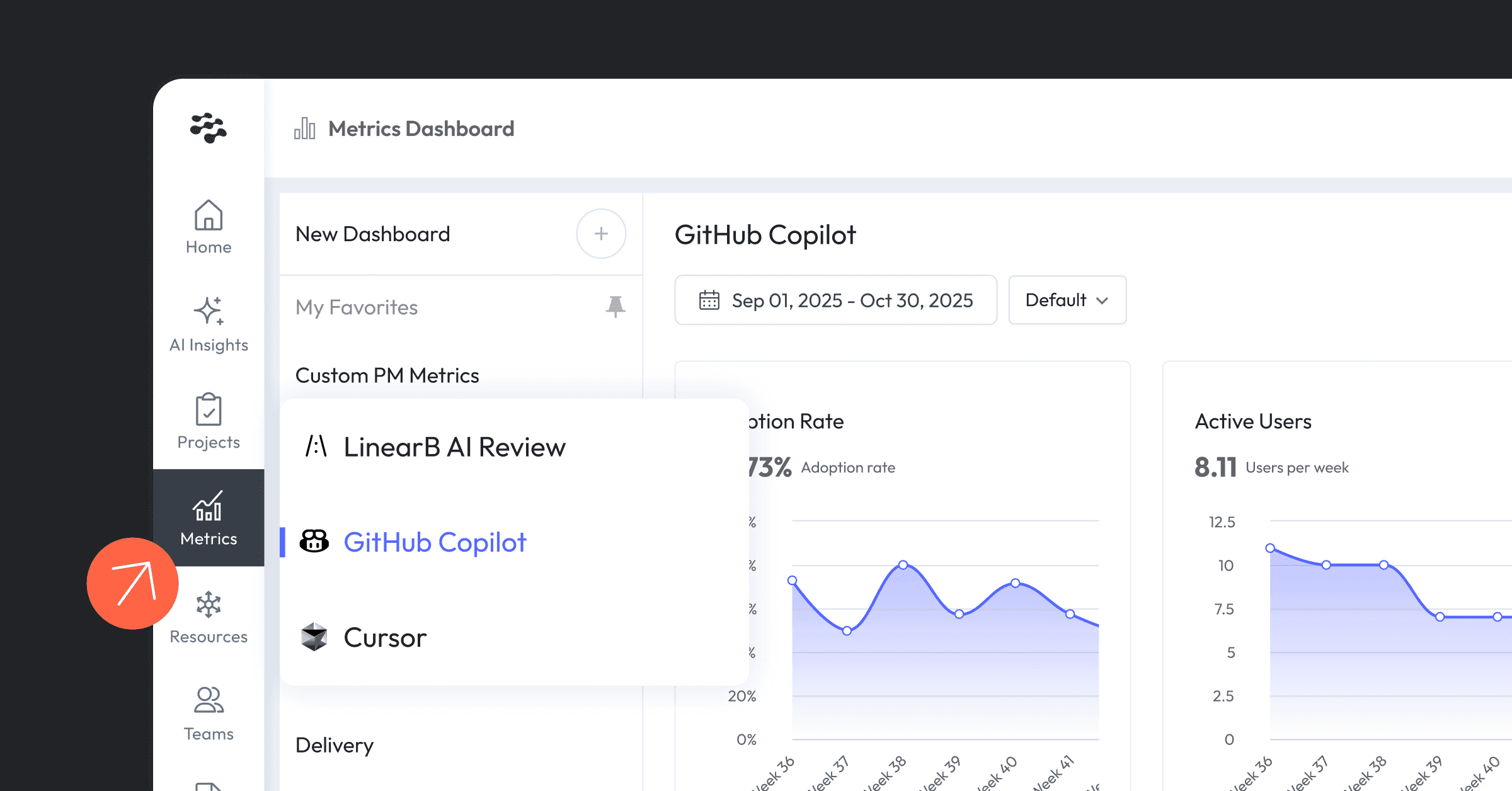A collision is happening in software development. In one corner, the wild, creative freedom of vibe coding, where developers build at lightning speed with conversational AI. In the other, the rigorous, high-stakes world of the enterprise, where security, compliance, and governance are non-negotiable. Can these two worlds coexist?
Dan Fernandez, Vice President of Product for Developer Services at Salesforce, believes they can. He's pioneering a new category called "Enterprise Vibe Coding," a philosophy that combines the best of agentic development with the guardrails enterprises require. It’s a recognition that for the enterprise, development is not about building from scratch, but about safely and efficiently extending the systems that already exist.
This article explores Salesforce's strategy for making this a reality, detailing the foundational trust layer that enables it, the "federal, state, local" governance model that guides it, and the developer sandboxes that make it safe to experiment.
Reuse, don't reinvent
Unlike consumer-focused AI tools that primarily build greenfield applications, Enterprise Vibe Coding recognizes that 80% of enterprise development involves extending existing systems. "An enterprise has years and years of existing code, of hardened APIs, of services, of libraries. How do you reuse that?" asks Fernandez. The approach emphasizes reuse over reinvention.
In this model, enterprise developers act less like architects of new cities and more like skilled "plumbers," connecting reliable, pre-existing components. They aren't building entirely new applications from scratch; they're connecting tested and hardened services and APIs. This focus on composition is not only more efficient but also inherently more secure, as it leverages battle-tested code instead of generating net-new, unverified logic for critical functions.
A trust layer for the enterprise
For enterprise customers, trust is the fuel that powers adoption. Salesforce learned this lesson early on when they first launched their AI coding tools. Their initial plan to use customer code to train their models was met with swift and clear feedback: enterprises were deeply uncomfortable with the idea that their proprietary code could be used to help competitors.
This feedback led to a fundamental shift and the creation of the Agentforce Trust Layer. This layer ensures zero retention of data sent to LLMs, automatic data masking for sensitive information, prompt defense against injections, and comprehensive audit trails. "We have that enterprise level of governance for this data with the Agentforce Trust Layer that I can now enable," says Fernandez, highlighting the comprehensive security features built into the platform.
Once customers felt their intellectual property was protected, the results were dramatic. Usage of Salesforce's agentic development tools skyrocketed, with an estimated 20-25% of Salesforce code now being agentically built. This demonstrates a crucial lesson: for the enterprise, powerful AI capabilities are irrelevant without a foundation of unwavering trust.
The rules of engagement: federal, state, and local governance
Balancing developer freedom with enterprise requirements demands a nuanced approach to governance, one that can adapt to different contexts and risk levels. Fernandez describes this as a tiered system of "federal, state, and local" rules.
- Federal: These are the company-wide policies that all code must follow, representing the highest level of security and compliance.
- State: These are department-specific rules. "The finance team is going to have some of the most rigid rules," Fernandez notes, while an internal marketing tools team might have more flexibility.
- Local: These are individual or team-specific preferences and conventions that can be applied for consistency without being enforced globally.
This flexible framework is the key to balancing speed and safety. It recognizes that not all applications carry the same level of risk. By allowing teams to move quickly on low-risk internal projects while enforcing strict governance on critical, customer-facing systems, enterprises can foster innovation without compromising on their core security and compliance obligations.
The safe space for experimentation: developer sandboxes
Perhaps the most powerful feature enabling Enterprise Vibe Coding is the developer sandbox, a pre-production environment that provides a safe space for experimentation. As Fernandez explains, sandboxes are essentially a safe, isolated copy of the production environment, allowing developers to test AI-generated code against actual organizational schemas and even full data sets without any risk to live systems.
These sandboxes are crucial for working with agentic tools. They prevent the nightmare scenario of an AI agent accidentally deleting a production database. Furthermore, they include safety features like checkpoints, which allow developers to instantly revert changes if an experiment goes wrong. This provides the psychological safety needed for true creative exploration, eliminating the fear of the AI "replacing all the CSS that I spent the hour building."
Beyond safety, these environments also support critical enterprise needs like scale testing. Developers can validate an application's performance under heavy load, ensuring that an AI-generated feature can handle thousands of simultaneous users during peak periods—a consideration that is often overlooked in simpler vibe coding scenarios. This combination of safety and performance validation is what makes the sandbox an indispensable tool for building enterprise-grade AI.
From principles to practice
To put this vision into practice, Salesforce has built an ecosystem of tools that embody the core principles of Enterprise Vibe Coding. The first is achieved through a browser-based, zero-install development environment that removes traditional setup friction. The second is enforcing reuse; a context-aware AI, powered by a vector database of existing code, ensures developers build on hardened assets rather than reinventing them. Finally, governance is embedded directly into the workflow through a DevOps pipeline with automated quality gates, making "quality by default" a practical reality.
The impact of this integrated approach is already reshaping traditional workflows. For example, the friction between design and development dissolves when Figma designs can be transformed directly into functional, schema-aware prototypes, allowing for faster feedback loops and more agile product development. Ultimately, the goal is not just to make developers faster, but to democratize application building within a secure framework, enabling a broader range of users to contribute while maintaining the guardrails enterprises demand.
The future of enterprise development
The collision between the creative freedom of vibe coding and the rigorous demands of the enterprise doesn't have to result in a stalemate. As Salesforce's journey with Enterprise Vibe Coding demonstrates, it's possible to build a system that embraces the best of both worlds.
Their success provides a powerful and repeatable blueprint. It's not about a single tool, but a holistic ecosystem built on three pillars: a foundational trust layer that makes adoption possible, a flexible governance model that balances speed with safety, and secure sandboxes that provide the freedom to experiment without fear.
By creating this balanced approach, Salesforce is not just building features faster; they are democratizing application development itself. They are proving that with the right guardrails, the power of agentic development can be safely unlocked for everyone, heralding a new era of innovation for the enterprise.
For the full story on Enterprise Vibe Coding, listen to Dan Fernandez discuss it in depth on the Dev Interrupted podcast.




